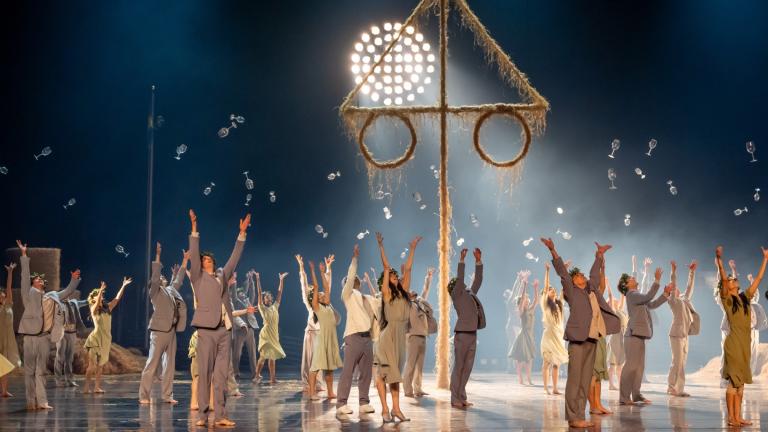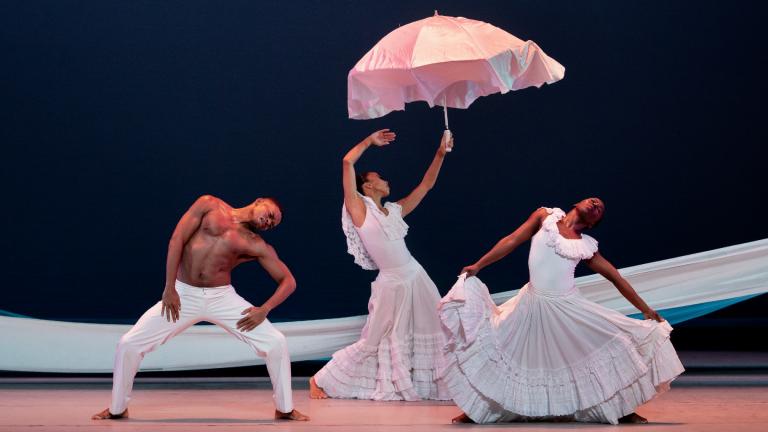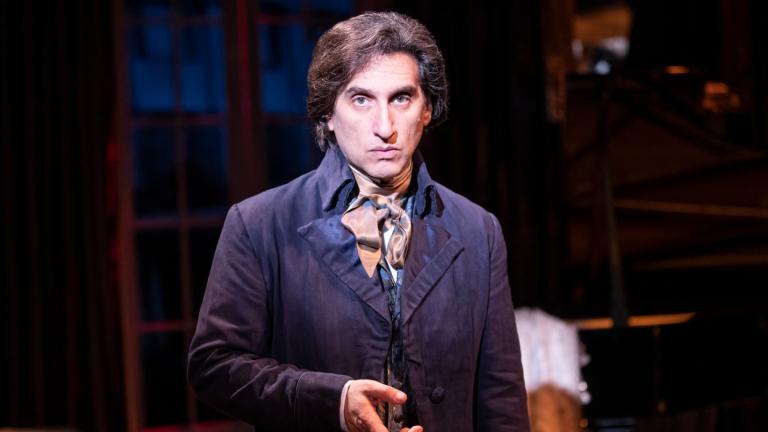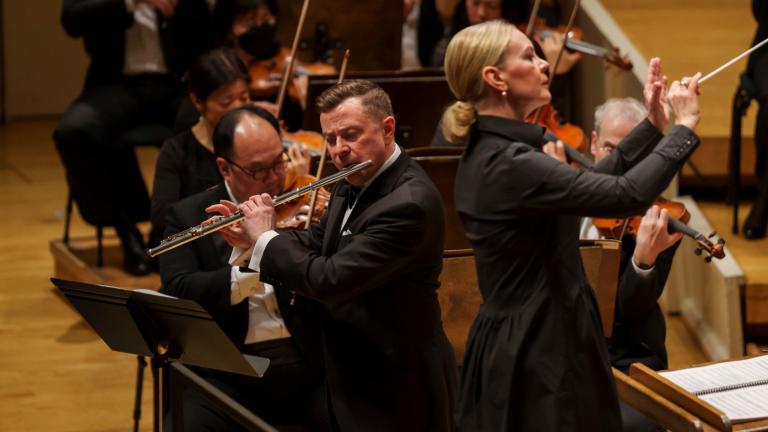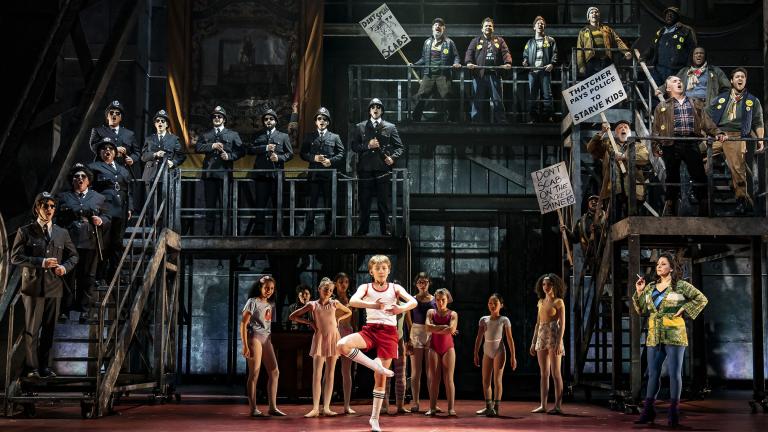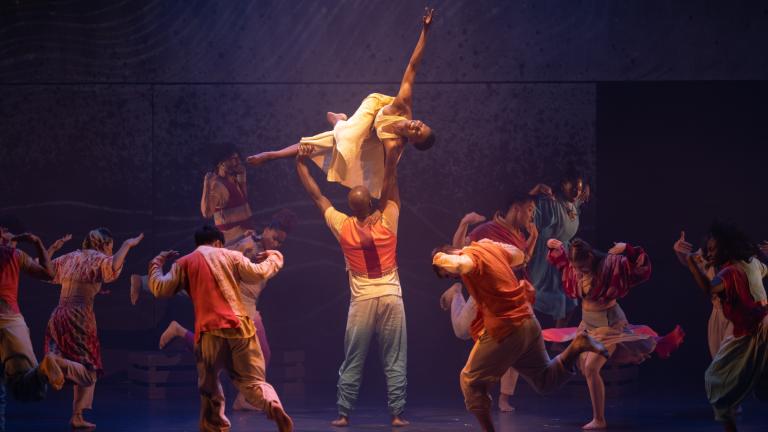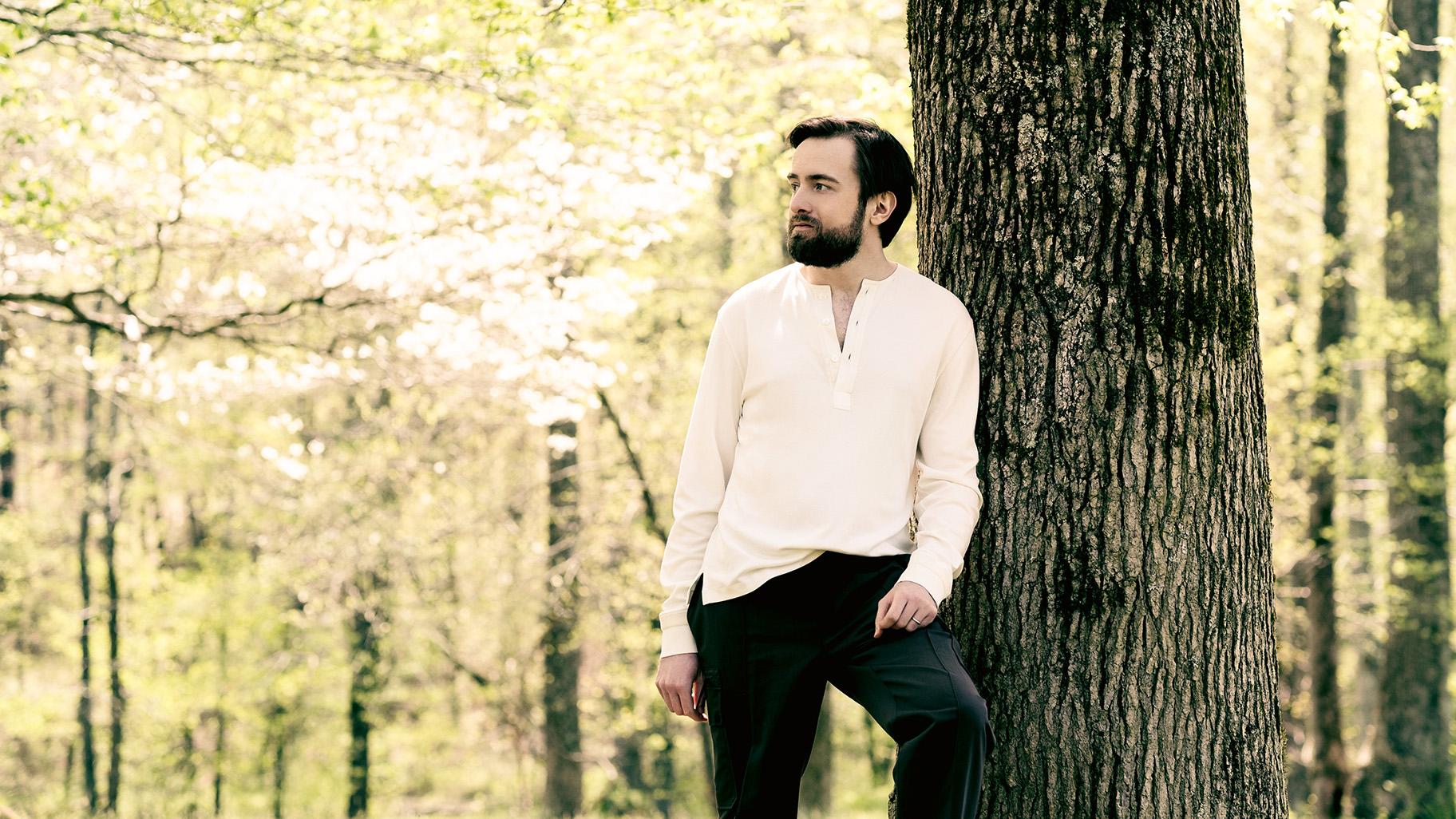 Pianist Daniil Trifonov. (Credit Dario Acosta)
Pianist Daniil Trifonov. (Credit Dario Acosta)
Without stealing the focus from pianist Daniil Trifonov’s transfixing concert at Orchestra Hall on Sunday afternoon, a bit of an “overture” might be in order.
Not only did this performance come one month after Trifonov had to postpone his original date in early February because of a positive COVID test, but the Russian-born musician — a child prodigy who came to the U.S. as a teenager to study at the Cleveland Institute of Music, and now lives with his wife and young son in Connecticut — arrived on stage just an hour or so after a massive demonstration was held in downtown Chicago to protest Russia’s attack on Ukraine, and at a moment when many Russian artists, particularly those with social ties to Putin, have been banned from performing in the U.S.
As it happens, Trifonov was enthusiastically welcomed to his Carnegie Hall concert in New York just a few days earlier, although that event was prefaced by a diplomatic pre-concert statement by the Hall’s executive director. Happily that was not done in Chicago, as a packed house gave the pianist a standard enthusiastic welcome.
And there was this bit of irony that surely was not planned: The opening piece on Trivonov’s program was the “Sonata No. 3” by Karol Szymanoski (1882-1937), the Ukrainian-born composer who spent many of his student years in Poland, and lived through both World War I and the Russian Revolution (during which his family’s estate in Ukraine was ravaged).
But enough about war and politics. It’s the music that matters. And the three fiendishly difficult pieces by Debussy, Prokofiev and Syzmanowski that comprised the first half of Trifonov’s concert — and that were all written in the early decades of the 20th century — were more than enough to suggest the far superior power of art. So was the lushly mid-19th century Romantic era in music exemplified by Brahms’ “Sonata No. 3 in F Minor,” performed after the intermission. And of course throughout there was Trifonov’s transfixing combination of technical and interpretive brilliance.
The Syzmanowski piece began with a dreamy, impressionistic fluidity before shifting into a stormy, agitated mood suggesting emotional turmoil. And Trifonov’s remarkably fleet, balletic fingers captured both its passages of feathery lightness and frenzied madness in this work that was ideally paired with the next piece, Debussy’s “Pour le piano” (written earlier than the Syzmanowski). In fact, the Syzmanowski and Debussy works could be seen as something of a set of non-identical twins.
The Debussy work was marked by an anxious yet lyrical opening, a blend of fluidity and strength, a frequent shifting of dynamics (including a brief but beautiful suggestion of chimes), and high-speed sweeps of the fingers across the keyboard. And of course there was the composer’s impressionistic style, where the music seems to capture the sound of water in motion. A plaintive melody brings calm, and is followed by the sound of what might be a rushing, agitated waterfall, with the left hand suggesting its formidable power.
And then, with Trifonov’s wholly determined focus at the ready, it was on to Prokofiev’s ideally titled “Sarcasms,” a work dating from 1914 and comprised of five sections. It begins with a somewhat pounding, frantic, slightly dissonant and syncopated riff that immediately suggests a modernist mindset. And the work’s teasing mix of sounds and restless energy — alternately playful, agitated and stormy, with a sense of high speed panic at one moment, and a feathery lightness the next — was captured with impeccable clarity and technical wizardry by Trifonov as he captured every mood, from a dirge-like march, to teasing high notes, to a surprising final moment of calm. A work of mind-blowing technical challenges, the pianist finessed it all with uncanny precision, as well as a sense of Prokofiev’s innate theatricality. Yet it should be noted that Trifonov himself is more tightly wound and focused than dramatic.
Serving as a strong antithesis to “the modernism” of all this was the Brahms “Sonata” with its opening melody and easefully formal grandeur making this clear from the start. The intensity of Brahms is rooted in his rapturous melodic gift that can move from the stormiest emotions to a deeply pensive quality in a way that makes you feel as if he is confessing to his piano. And Trifonov captured all those emotions with grace and clarity, and in a particularly notable passage that almost sounded like a lullaby.
Like Brahms, his playing is at once subtle but commanding, suggesting both a probing interior life and the emergence of a triumphal spirit, with constantly changing feelings of lightness, darkness and heat. And Trifonov leaves you with the feeling that he might have written it all himself.
Follow Hedy Weiss on Twitter: @HedyWeissCritic
Note: This article was updated to correct the date of Prokofiev’s “Sarcasms.”

